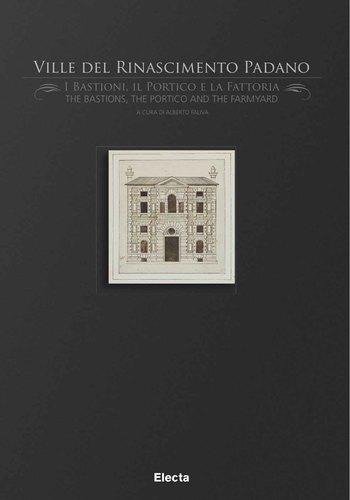Fortified villas of Northern Italy
dal 19/9/2011 al 20/10/2011
Segnalato da
19/9/2011
Fortified villas of Northern Italy
Casa Italiana Zerilli-Marimo', New York
The exhibition recreates and brings to new life the fairytale atmosphere of the Italian Renaissance, within that green area in the north of Italy known as the Pianura Padana, between the cities of Cremona, Mantua and Ferrara. Curated by Alberto Faliva.

The towers, the portico and the farm: fortified villas of Northern Italy is an international exhibition that recreates and brings to new life the fairytale atmosphere of the Italian Renaissance, within that green area in the north of Italy known as the Pianura Padana, between the cities of Cremona, Mantua and Ferrara. The exhibition displays an extraordinary array of wooden models of still existing buildings nestled in the Padania countryside: wonderful replicas of historic country houses with their distinctive turrets and moats and their harmonious appearances proportioned with mathematical precision.
Four authors of unpublished treatises played a very important role in the architectural culture of the lower part of the Po Valley known as the Bassa Padana and its country houses, all built over the course of the 16th century. We are speaking of Filarete, Francesco di Giorgio, Leonardo da Vinci and Sebastiano Serlio. They expressed themselves by means of simply sketched drawings and plans, explaining themselves through images and texts, and thus not just through images (or texts, as had happened in the earlier treatises of Leon Battista Alberti): thus the comprehension of these sketched models was only possible by means of a continual series of comparisons, requiring readers to look at the texts and images at the same time.
The most important judgment on Filarete’s treatise is Giorgio Vasari’s: the models that appeared in the unpublished treatise had been drawn up in a “deplorable manner” by which an “injury is done to the public interest and to the age in which he was born.”When we try to read the unpublished pages of this treatise, we realize that they are far from easy to understand: the descriptions of the buildings are incomplete, and for each of them the author presents some images connected with the texts, to help in the comprehension of the models. We are looking at this author first, because the complexity of these sketchy models is linked to all the models developed by the authors of unpublished treatises over the course of the 16th century. Even Serlio in his unpublished Sixth Book went so far as to fuse two traditions of construction like the French and Italian ones (as can be seen in our almost fanciful and fortified logo, which is based on an unpublished drawing of his now in Great Britain), fitting perfectly into a critical picture of deplorable artistic attitudes that are ephemeral (temporary and fantastic) and therefore not utilizable in reality. And even Serlio obliged his readers to look at texts and images together, i.e. the synoptic table and his criticisms of antiquity, as can be seen in the use of the orders in the principal churches of Cremona.
With the generous support of Paolo Martino
Opening: September 20th, 6pm
Casa Italiana Zerilli-Marimò,
24 West 12th Street - New York



